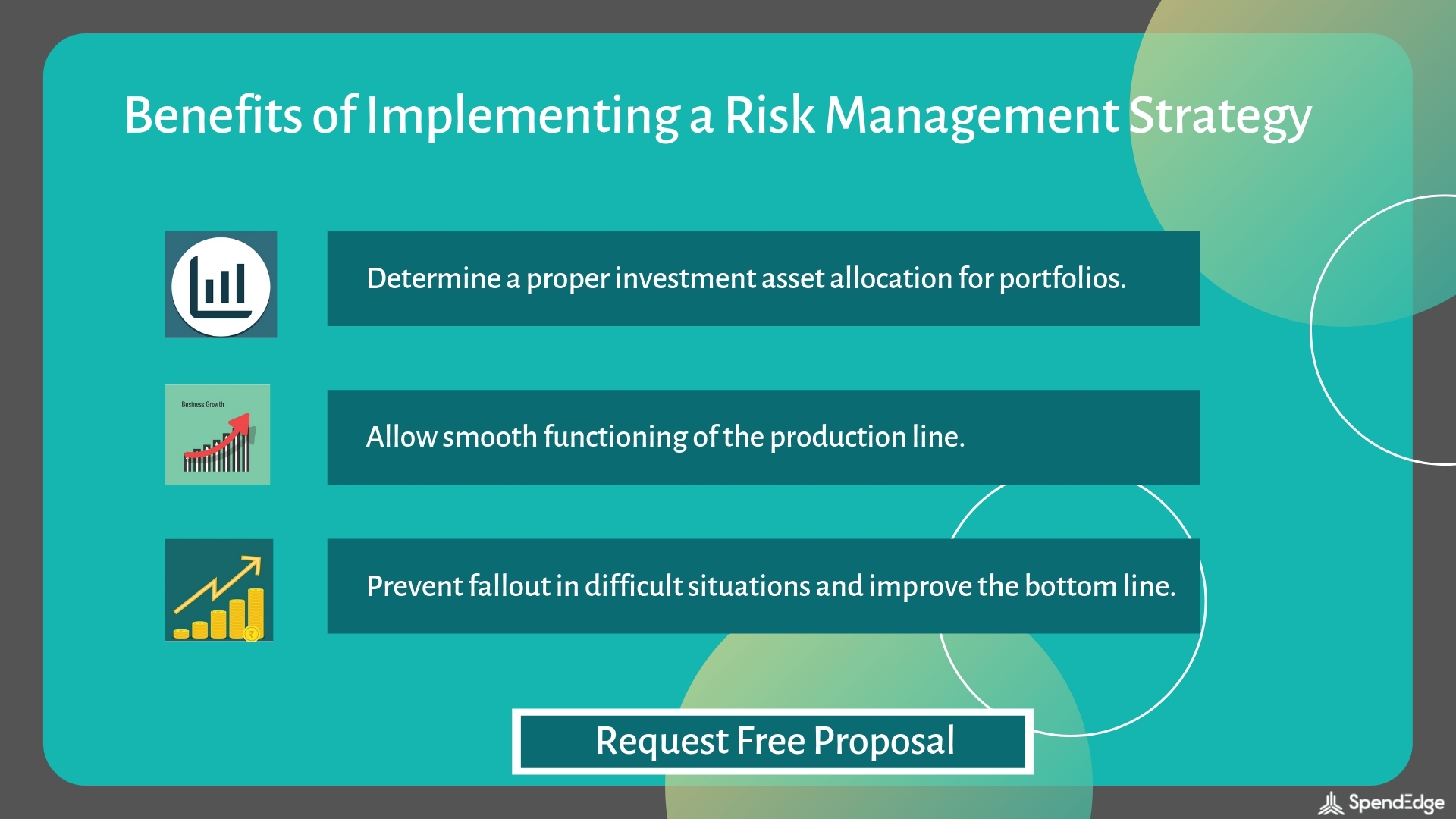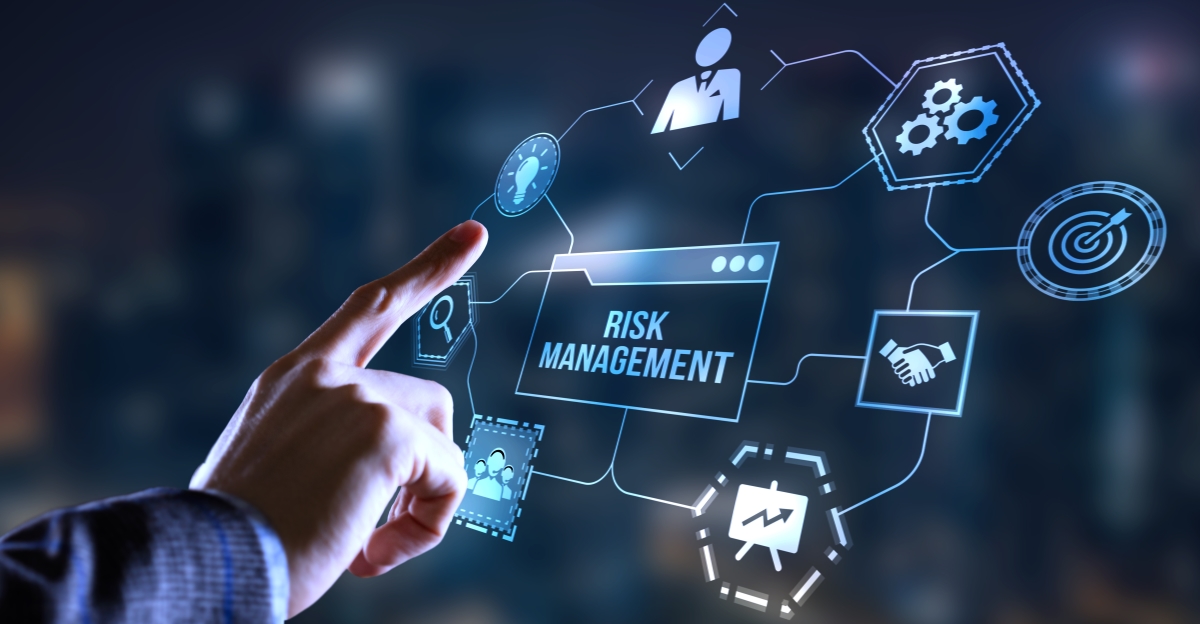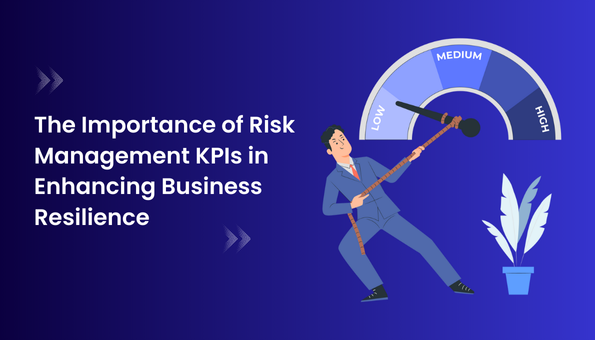Discovering the Value of Risk Management for Effective Decision-Making Methods
In the intricate globe of business, Risk Management emerges as a crucial factor in the decision-making process. The capacity to recognize prospective threats and possibilities, and plan accordingly, can lead to the distinction between success and failing. With tools such as SWOT and PESTEL, organizations are geared up to make informed options, fostering resilience and flexibility in an ever-changing environment. Wondering how this works? Let's unload the dynamics better.
Comprehending the Principle of Risk Management
Risk Management, a crucial part in decision-making, is typically misinterpreted or oversimplified. Generally, it refers to the identification, analysis, and prioritization of risks to reduce, keep an eye on, and control the likelihood or influence of unfortunate occasions. It's not simply about avoiding unfavorable results, yet additionally concerning acknowledging potential possibilities. Risk Management involves structured and self-displined strategies, utilizing data and informative evaluations. It calls for a comprehensive understanding of the company's context, purposes, and the prospective threats that could combat them. From economic unpredictabilities, lawful responsibilities, tactical Management errors, to crashes and natural catastrophes, it deals with different risks. Importantly, effective Risk Management is not stagnant; it's a continual, positive procedure that develops with changing scenarios.
The Duty of Risk Management in Decision-Making Processes
In the realm of strategic preparation and organization procedures, Risk Management plays an important duty in decision-making procedures. It assists in recognizing prospective threats and uncertainties that could affect the accomplishment of service objectives. By tracing these threats, firms can develop strategies to mitigate their impact, making sure organization continuity and security. Risk Management hence ends up being an essential tool in decision-making, helping leaders to make educated selections based upon an extensive understanding of the dangers entailed. It encourages an aggressive approach, making it possible for organizations to expect and prepare for possible future situations. This dramatically reduces the possibility of negative effects, advertising much more reliable and effective decision-making approaches. Risk Management offers as an essential component in the decision-making processes of any type of company.

Exactly How Risk Management Improves Strategic Preparation
In the context of strategic preparation, Risk Management plays a crucial duty. Launching with the identification of potential threats, it additionally includes the execution of Risk reduction steps. The role of Risk Management is dynamic yet not fixed, as it requires continuous monitoring and adjusting of strategies.
Identifying Potential Dangers

Executing Risk Mitigation
Risk mitigation techniques can vary from Risk avoidance, Risk transfer, to run the risk of decrease. Each technique must be tailored to the details Risk, considering its potential influence and the organization's Risk resistance. Reliable Risk mitigation requires a deep understanding of the Risk landscape and the prospective effect of each Risk.
Surveillance and Changing Methods
Though Risk mitigation is an essential step in tactical planning, constant surveillance and modification of these methods is similarly essential. It additionally provides a possibility to evaluate the success of the Risk this Management procedures, enabling adjustments to be made where necessary, additional improving critical preparation. Surveillance and changing Risk Management techniques is an essential component for enhancing a company's resilience and strategic preparation.
Case Studies: Effective Risk Management and Decision-Making
In the world of organization and money, effective Risk Management and decision-making commonly function as the columns of prosperous enterprises. One such entity is a multinational oil company that minimized economic loss by hedging against varying oil prices. In another circumstances, a technology start-up flourished by determining and approving high-risk, high-reward strategies in an unstable market. A global financial institution, confronted with governing uncertainties, effectively browsed the circumstance with positive Risk analysis and vibrant decision-making. These cases highlight the worth of sharp Risk Management in decision-making processes. It is not the lack of Risk, yet the Management of it, that often separates effective companies from unsuccessful ones. These situations underscore the essential duty of Risk Management in strategic decision-making. importance of risk management.
Tools and Methods for Effective Risk Management
Navigating the elaborate puzzle of Risk Management calls for the right set of tools and strategies. These devices, such as Risk signs up and warm maps, help in determining and assessing potential dangers. Methods include both measurable approaches, like sensitivity analysis, and qualitative techniques, such as SWOT evaluation. These assistance in focusing on dangers based on their potential influence and possibility. Risk response strategies, a key part of Risk Management, entail approving, preventing, transferring, or mitigating risks. Surveillance and regulating threats, via routine audits and evaluations, make certain that the approaches stay effective. With check my blog these strategies and tools, decision-makers can navigate the complicated landscape of Risk Management, thus promoting informed and reliable decision-making.
Future Patterns in Risk Management and Decision-Making Strategies
As we discover the vast landscape of Risk Management, it ends up being apparent that the methods and devices made use of today will proceed to advance. Future fads direct in the direction of a boosted dependence on modern technology, with man-made knowledge and machine knowing playing significant duties. These technologies will enable companies to forecast potential threats with greater accuracy and make more enlightened choices. Additionally, there will certainly be an expanding focus on durability, not simply in handling threats however also in recuperating from damaging scenarios. The idea of Risk society, where every participant of a company is conscious and included in Risk Management, will certainly acquire a lot more importance. These fads advertise an even more aggressive and comprehensive technique in the direction of Risk Management and decision-making.
Conclusion

Risk Management therefore becomes an essential device in decision-making, helping leaders to make informed options based on a thorough understanding of the threats included. Risk mitigation techniques can range from Risk avoidance, Risk transfer, to take the chance of decrease (importance of risk management). Reliable Risk mitigation calls for a deep understanding of the Risk landscape and the potential impact of each Risk. Risk reaction strategies, a vital element of Risk Management, entail accepting, site link preventing, moving, or mitigating dangers. The idea of Risk culture, where every participant of an organization is conscious and entailed in Risk Management, will get extra prominence